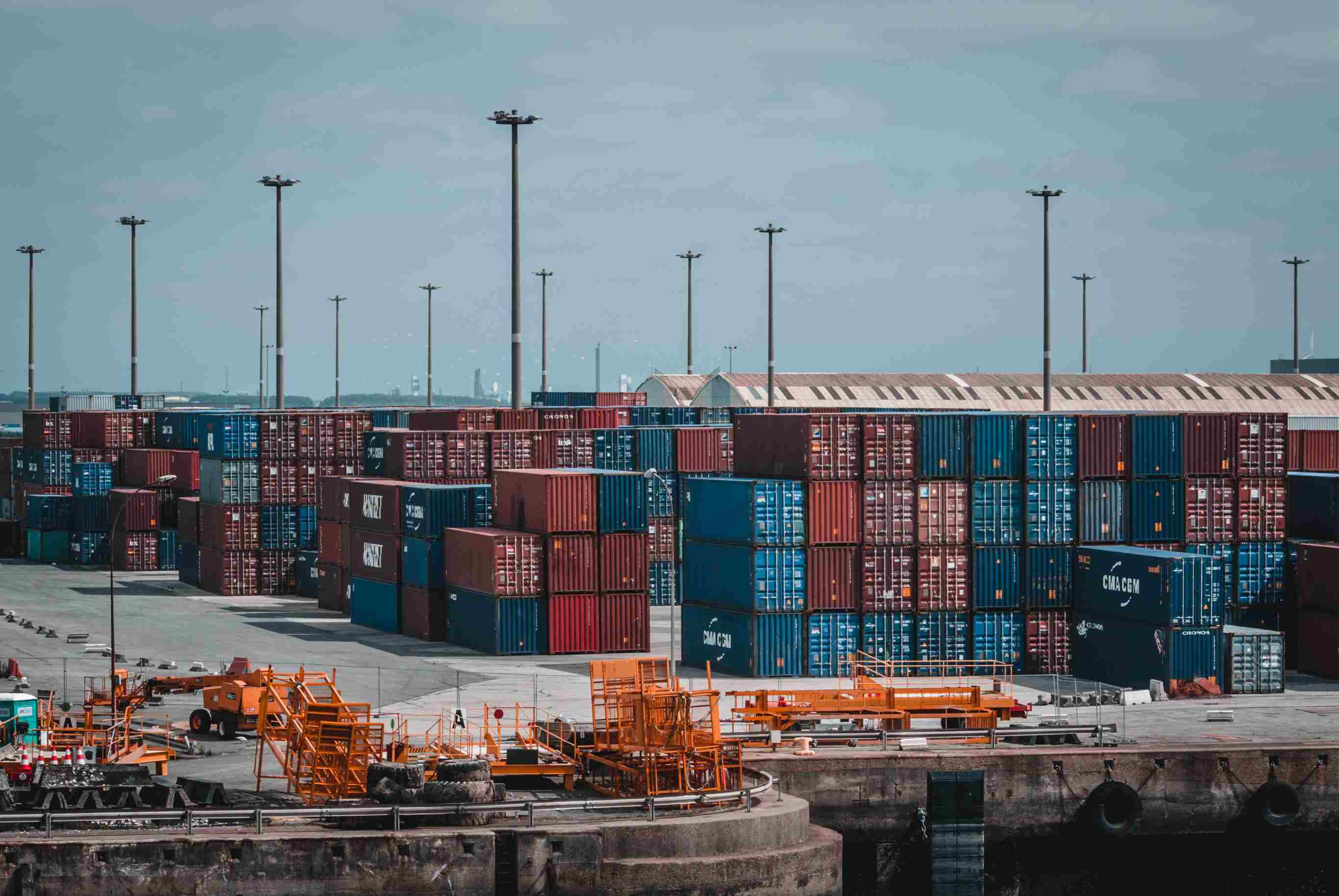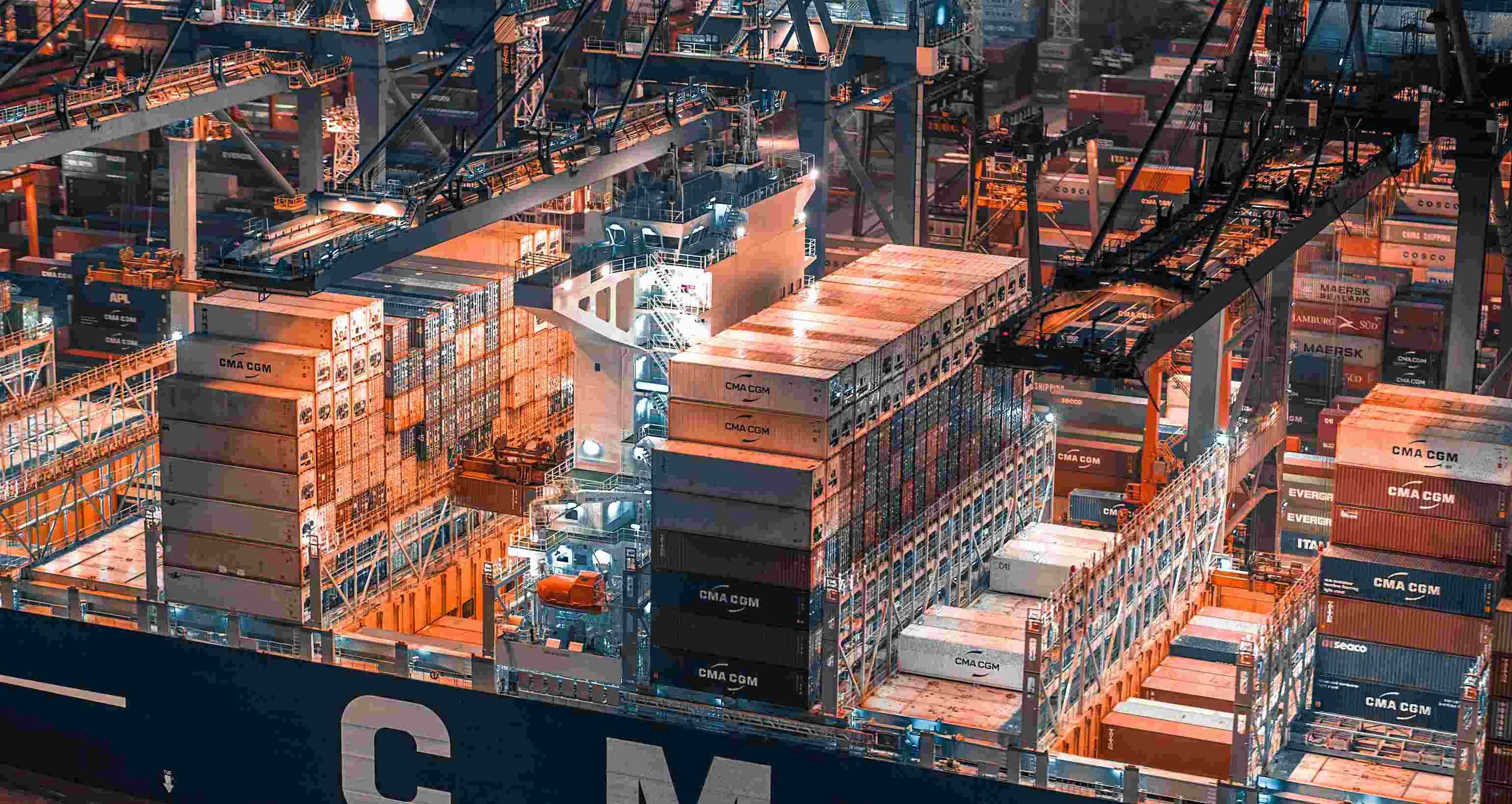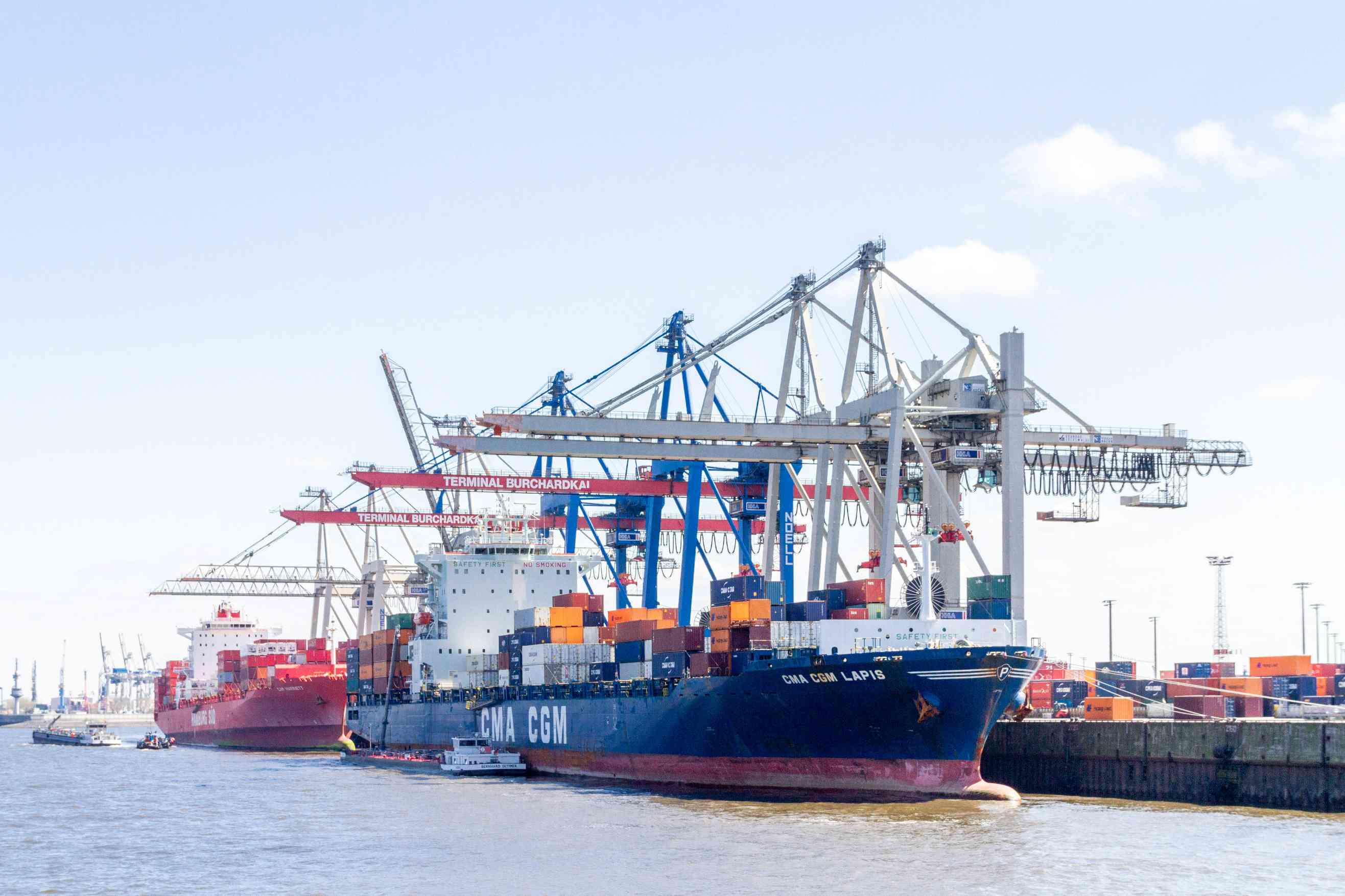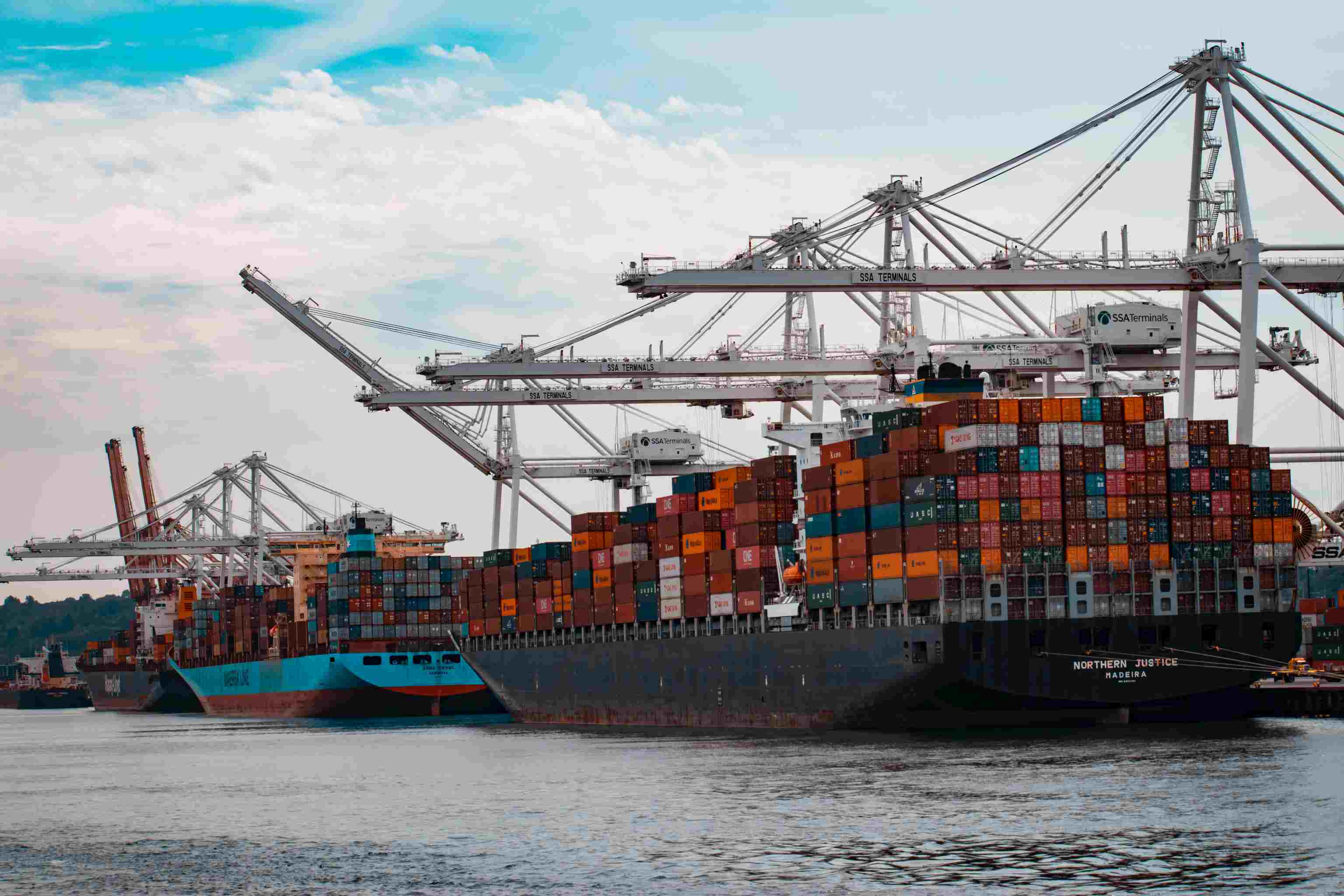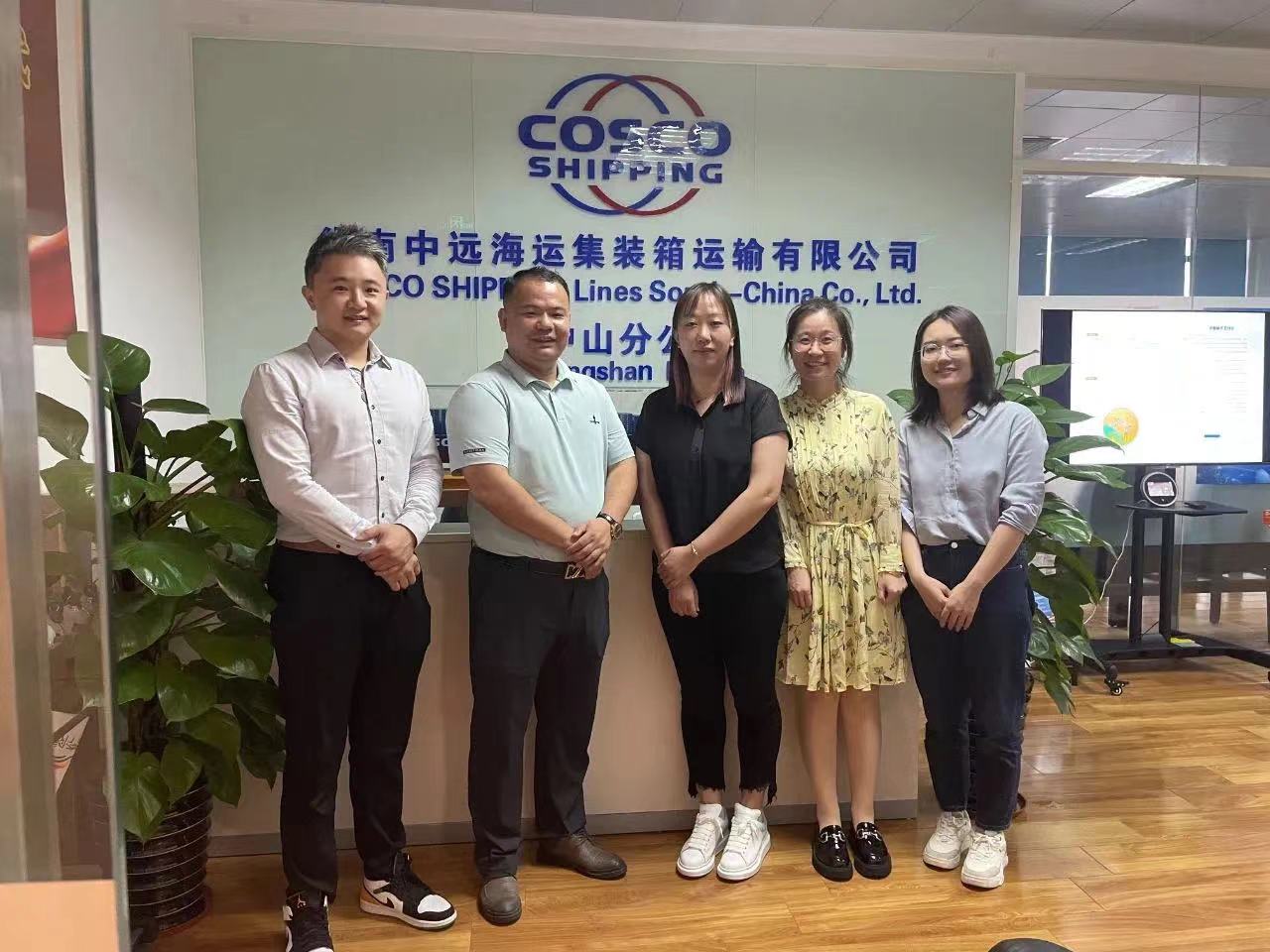Transit Container: Revolutionizing Global Logistics
Evolution of Transit Containers
From the humble wooden crates of yesteryears to the standardized steel behemoths of today, the concept of transit containers has undergone a remarkable evolution. Early trade relied on laborious processes of loading and unloading cargo, often resulting in damage and delays. The revolutionary idea of using uniform containers was pioneered by Malcolm McLean in the 1950s. This innovation not only expedited loading processes but also reduced pilferage and damage, heralding a new era of efficient intermodal transportation.Design and Features of Transit Containers
The structural composition of transit containers is a testament to engineering ingenuity. Typically constructed from weather-resistant steel, they are built to withstand the rigors of sea voyages and rough handling. These containers come in various standard sizes, such as 20-foot and 40-foot, each designed to maximize space utilization during transport. Equipped with secure locking mechanisms, they ensure the safety of goods during transit, reducing the chances of unauthorized access.In response to the diverse range of goods being transported, specialized containers have emerged. Reefer containers maintain temperature-controlled environments for perishable goods, while flat-rack containers accommodate oversized cargo. The advent of high-cube containers allows the efficient transportation of bulkier items. Such versatility ensures that transit containers can cater to the unique requirements of different industries.
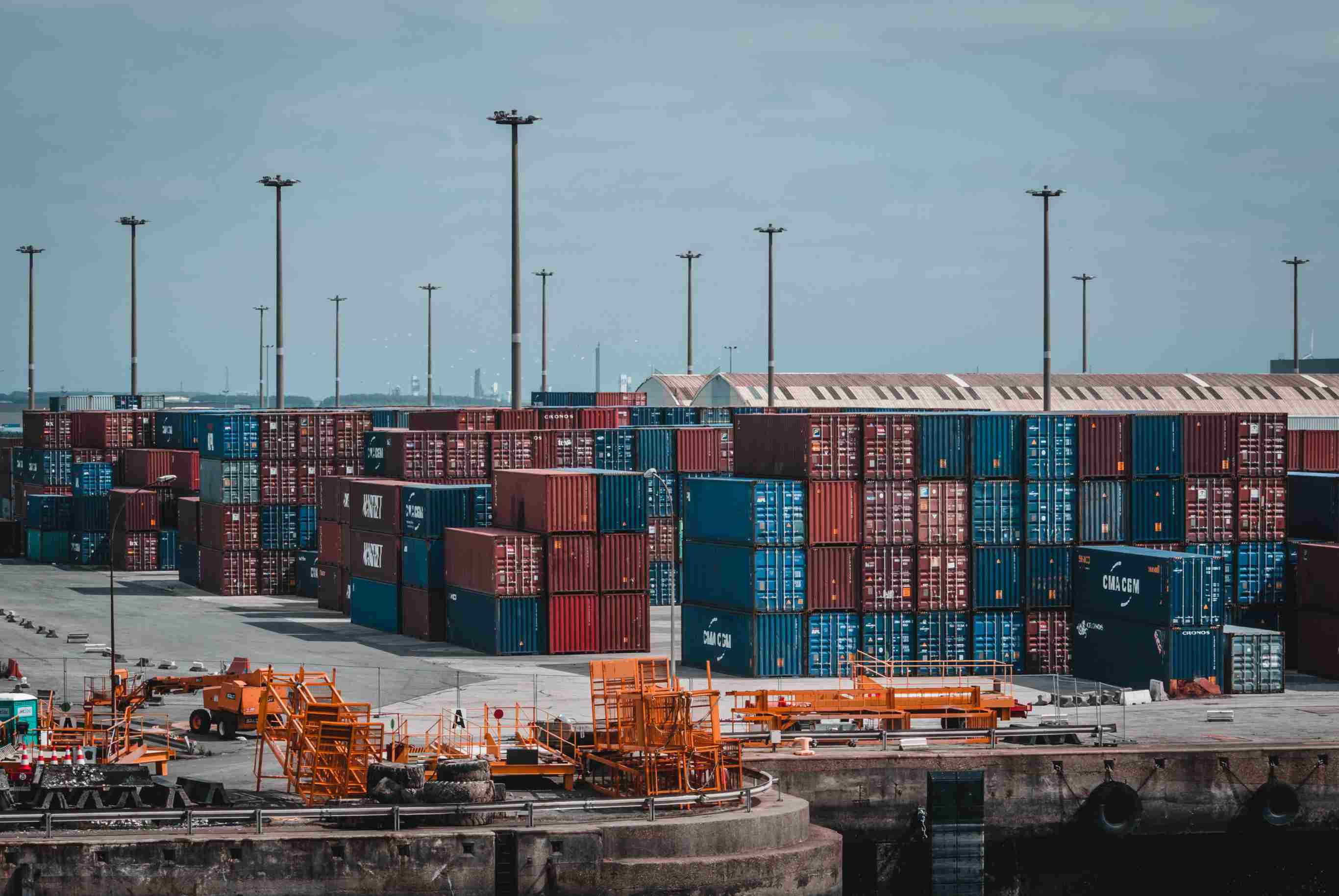
Global Significance and Economic Impact
Transit containers are the unsung heroes of international trade, enabling the exchange of goods on a massive scale. Their standardized dimensions facilitate seamless transfer between various modes of transportation - ships, trains, and trucks - without the need for repackaging. This intermodal advantage reduces loading time and lowers the risk of damage, translating into cost savings for businesses.From the perspective of global economics, transit containers have catalyzed the growth of industries by opening up markets that were once geographically distant. This globalization has led to increased competition, innovation, and specialization, benefiting both consumers and producers. As goods travel faster and more efficiently, companies can respond rapidly to market demands, accelerating the pace of commerce.
Innovation and Sustainability in Transit Containers
The digital age has ushered in a new era of smart container technology. Equipped with sensors and GPS tracking systems, these containers provide real-time data on the location, temperature, and humidity of cargo. This transparency enhances supply chain management, reduces the risk of theft, and minimizes spoilage.Beyond technological advancement, the sustainability aspect of transit containers is gaining traction. Shipping companies are exploring eco-friendly materials and practices to reduce their carbon footprint. Container architecture, utilizing retired containers for housing and commercial spaces, exemplifies adaptive reuse and upcycling. These initiatives not only reduce waste but also promote innovative solutions for repurposing these sturdy structures.
